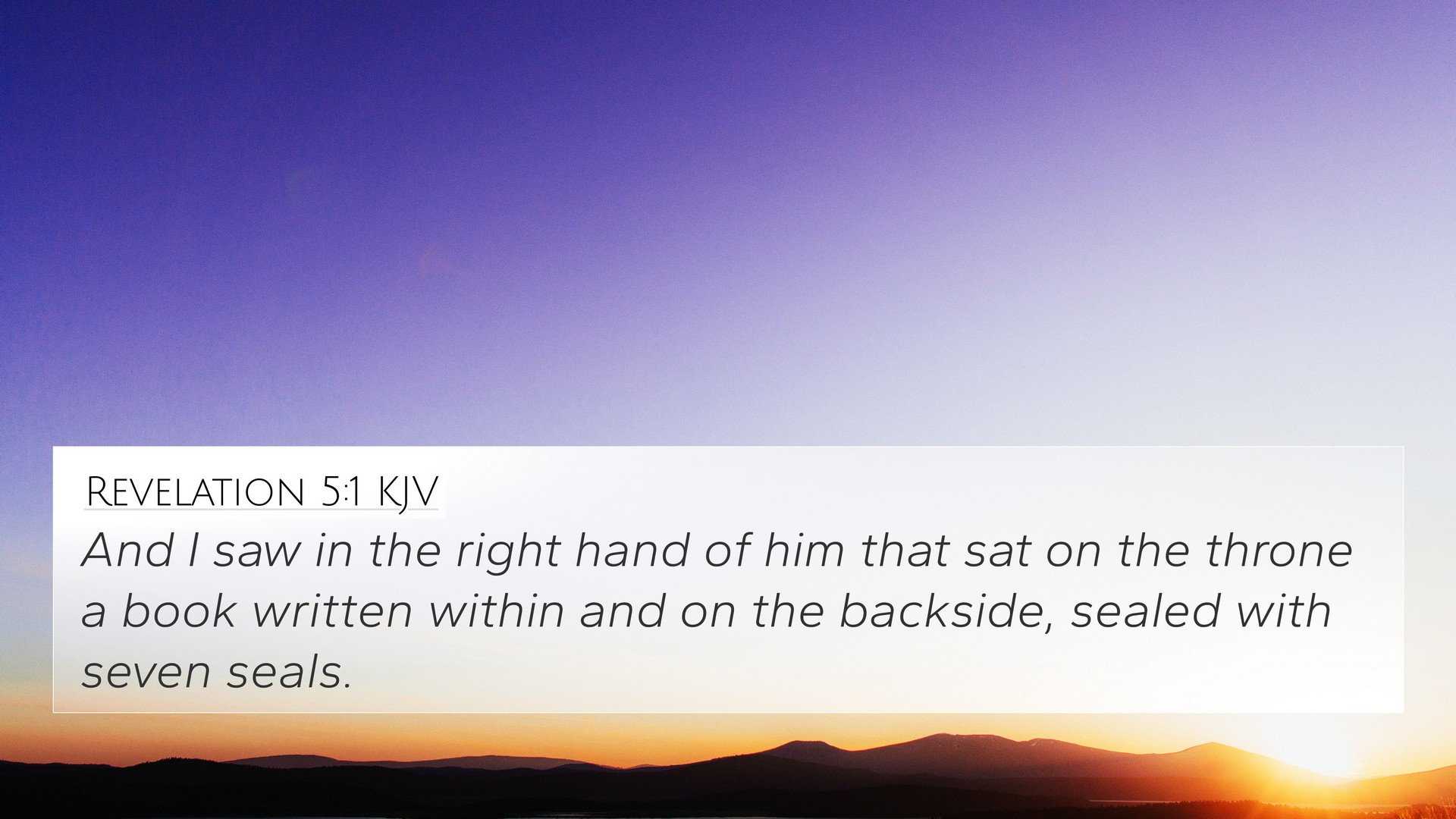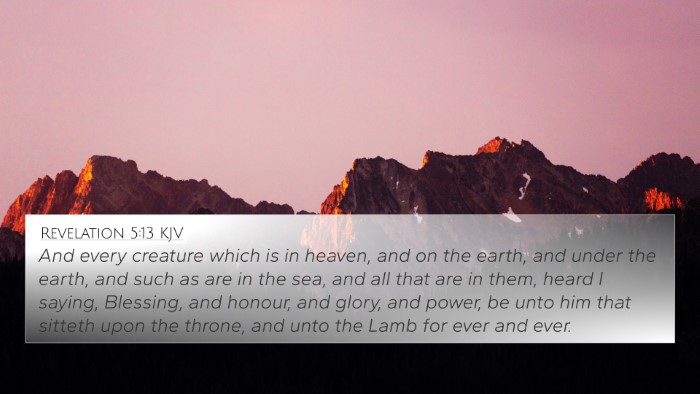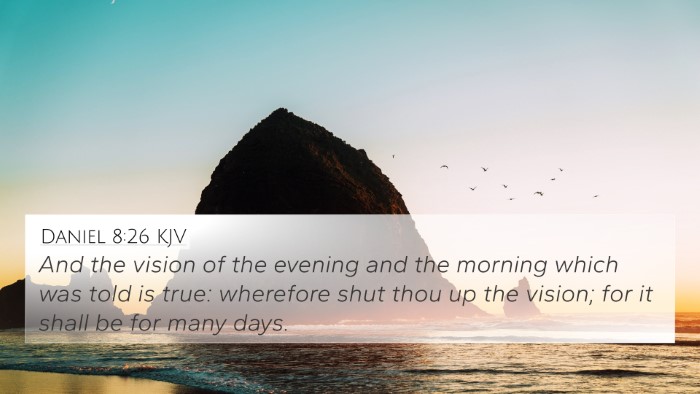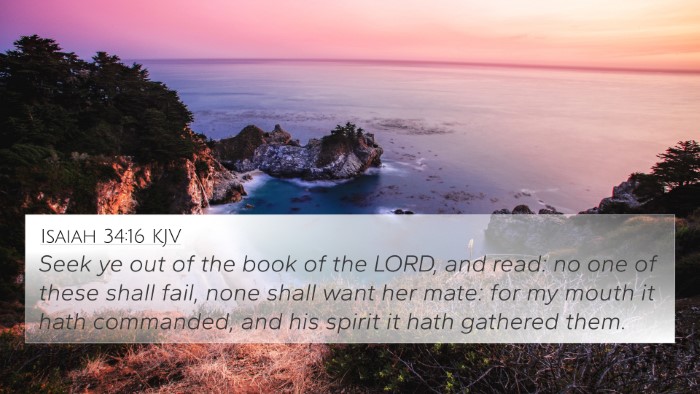Understanding Revelation 5:1
Revelation 5:1 states: "And I saw in the right hand of him that sat on the throne a book written within and on the backside, sealed with seven seals." This verse begins a profound revelation about the authority and unfolding of God's ultimate plans, illustrated through a symbolic book in God's hand.
Commentary Summaries
Matthew Henry's Commentary
Henry notes that the book symbolizes God's decrees concerning the future and the unfolding of His providence. The seven seals represent completeness and the finality of God's judgments. This imagery suggests that the unfolding of God's plan requires divine authority, which is only available through Christ. The right hand of the one on the throne signifies power and approval, indicating that whatever is sealed will be opened at the proper time.
Albert Barnes' Notes
Barnes emphasizes the significance of the book being “sealed with seven seals.” Each seal represents a special part of God’s will that is concealed until the appointed time. The act of holding the book in the right hand of God illustrates the control and sovereignty God exercises over the events of the world. The seals thus indicate that the mysteries of the future are in God's timing and authority, highlighting the hope for eventual revelation and understanding.
Adam Clarke's Commentary
Clarke reveals that the book may symbolize both the covenant of grace and the unfolding prophecy of the end times. He explains that the seven seals suggest that there is a progressive revelation that will occur as each seal is broken. The presence of writing on both sides of the book indicates its fullness and completeness in the message it carries, emphasizing the richness of God’s plan for humanity.
Cross-References to Revelation 5:1
- Daniel 12:4 - Sealing of the book of prophecy until the end times.
- Hebrews 1:1-2 - God’s revelations through the Son.
- Revelation 10:1-2 - Another angel holding a little book and the significance of divine messages.
- Isaiah 29:11 - The vision is as a sealed book, indicating hidden divine knowledge.
- Ezekiel 2:9-10 - The scroll signifies God’s words of judgment.
- Revelation 6:1 - The opening of the first seal and the ensuing events.
- Matthew 28:18 - Christ's authority in heaven and on earth, correlating with authority over the book.
Connections and Themes
This verse exemplifies several vital themes in Biblical texts:
- Divine Sovereignty: God's ultimate authority over history and revelations.
- Secrecy and Revelation: The concept of time revealing God's plan.
- Judgment: Signified through the sealed scroll, indicating consequences unfolding through seals.
- Covenant: Connection to God's promises encapsulated within the book.
The Importance of Cross-Referencing
The act of cross-referencing various Bible verses around Revelation 5:1 enriches our understanding of divine themes that run through the Scripture. Examining connections between Bible verses aids in:
- Identifying broader Biblical narratives and themes.
- Understanding the fullness of God's message across different texts.
- Reinforcing doctrines that are prevalent throughout the Bible.
- Providing insights on how New Testament revelations align with Old Testament prophecies.
Tools for Effective Cross-Referencing
Utilizing tools such as a Bible concordance or a cross-reference Bible study guide can greatly enhance understanding. Here are some effective methods:
- Using a Bible cross-reference system allows for systematic connections.
- Employing cross-referencing Bible study methods that focus on thematic links.
- Utilizing Bible reference resources to dig deeper into specific themes.
- Engaging in comprehensive Bible cross-reference materials for expansive views on Biblical texts.
Conclusion
Revelation 5:1 serves as a window into the transcendent realm of God's ultimate authority and purpose. By understanding this verse through commentaries and cross-referencing, we uncover deeper insights into the flow of Scripture and its interconnected messages regarding prophecy, revelation, and divine authority.
Ultimately, engaging with the Scripture in this manner allows us to appreciate the intricate connections between Bible verses and the thematic Bible verse connections throughout both the Old and New Testaments. This approach not only strengthens individual comprehension, but also enriches communal understanding within the faith community.














